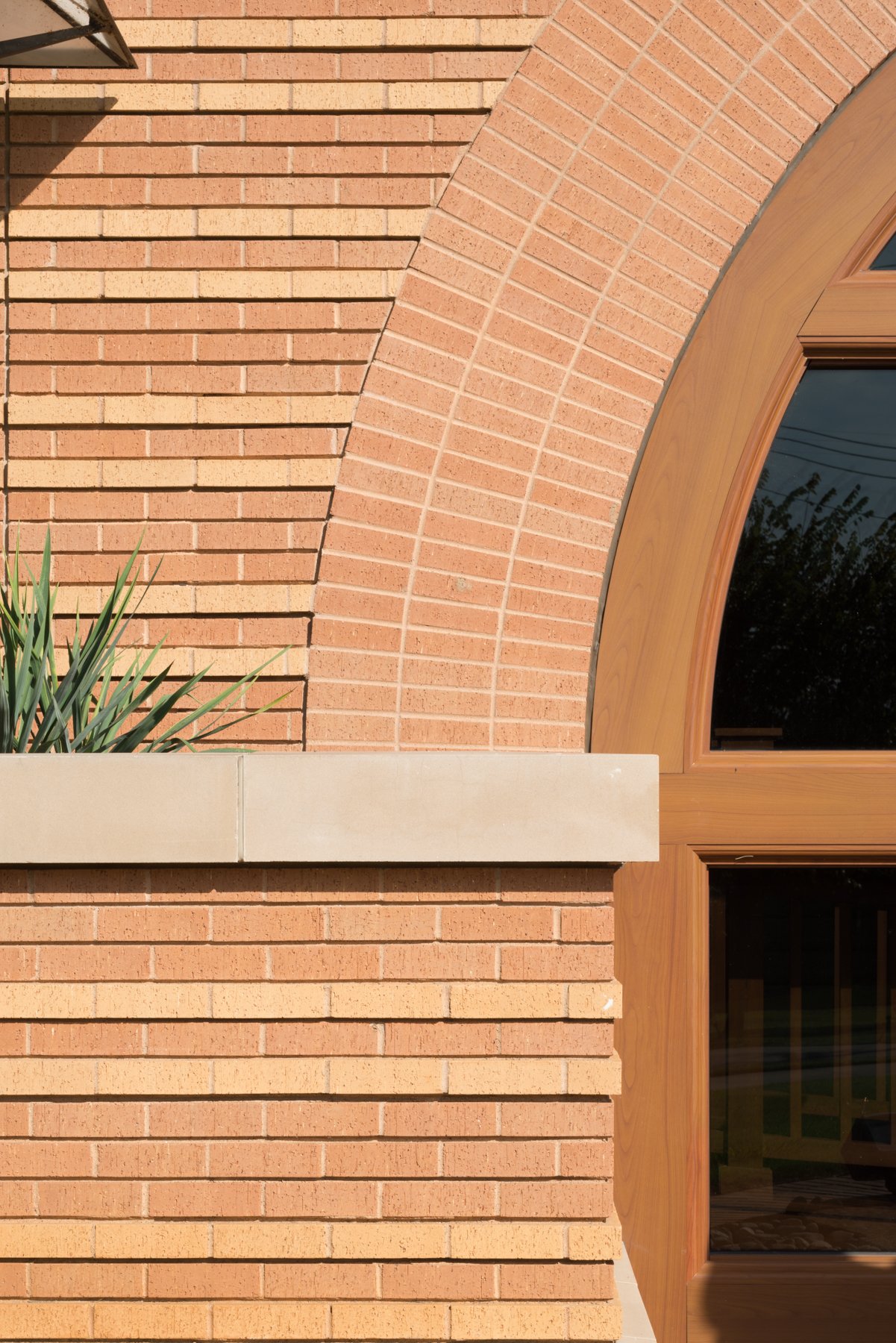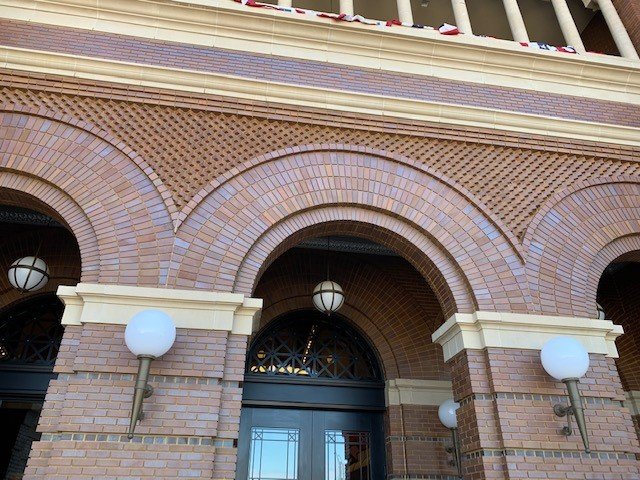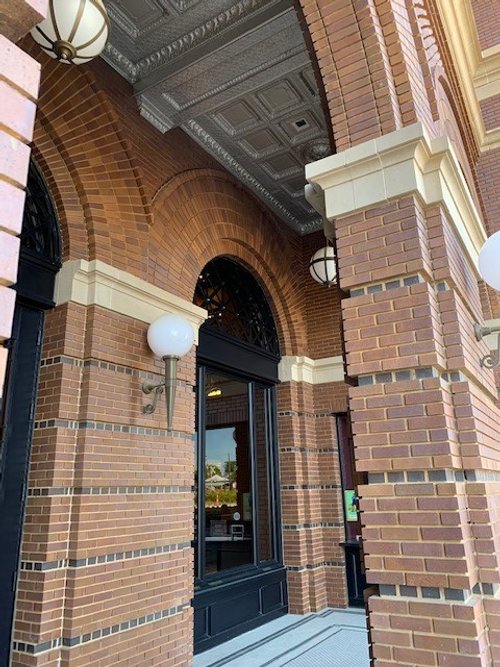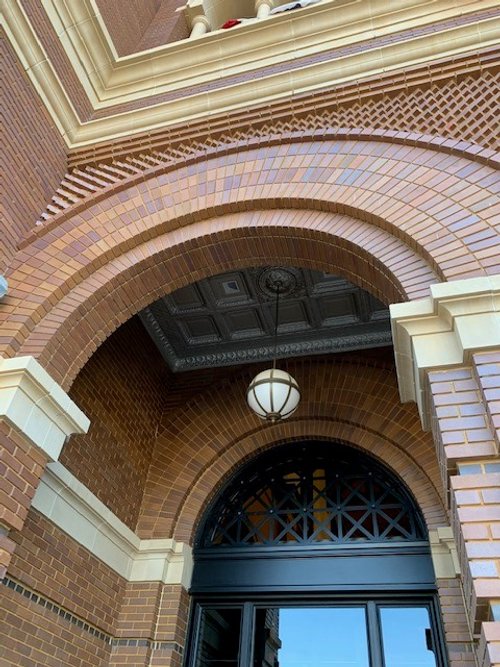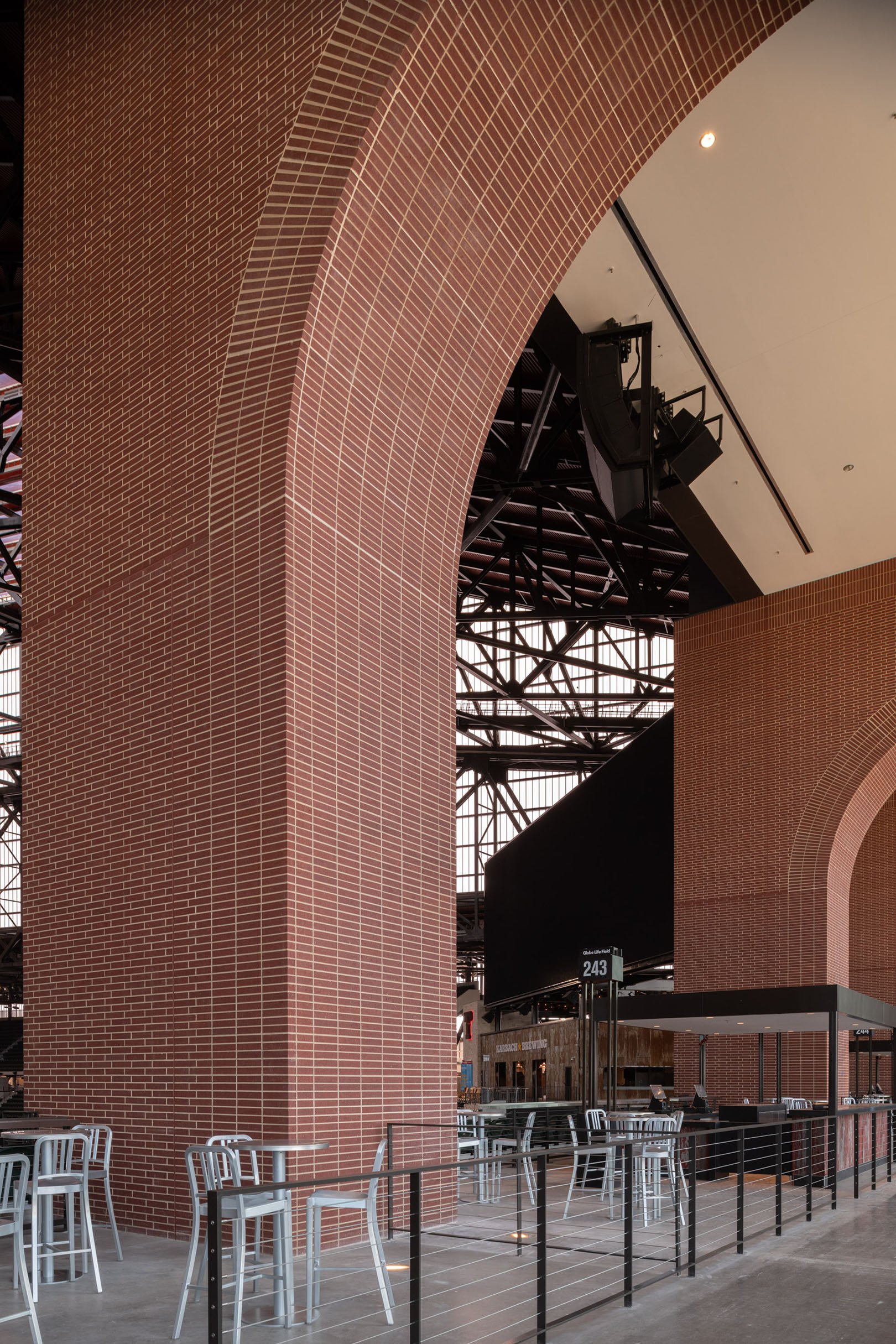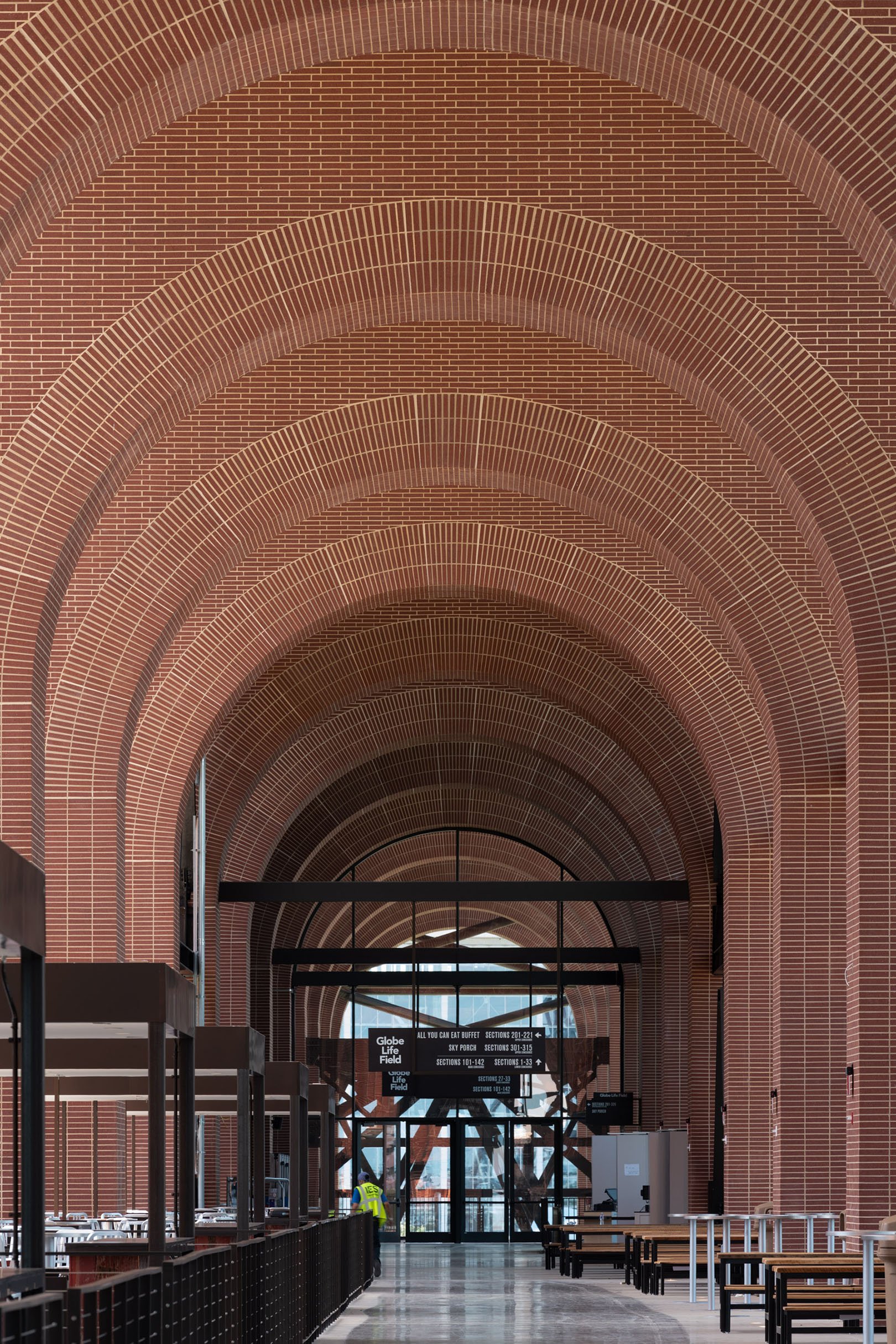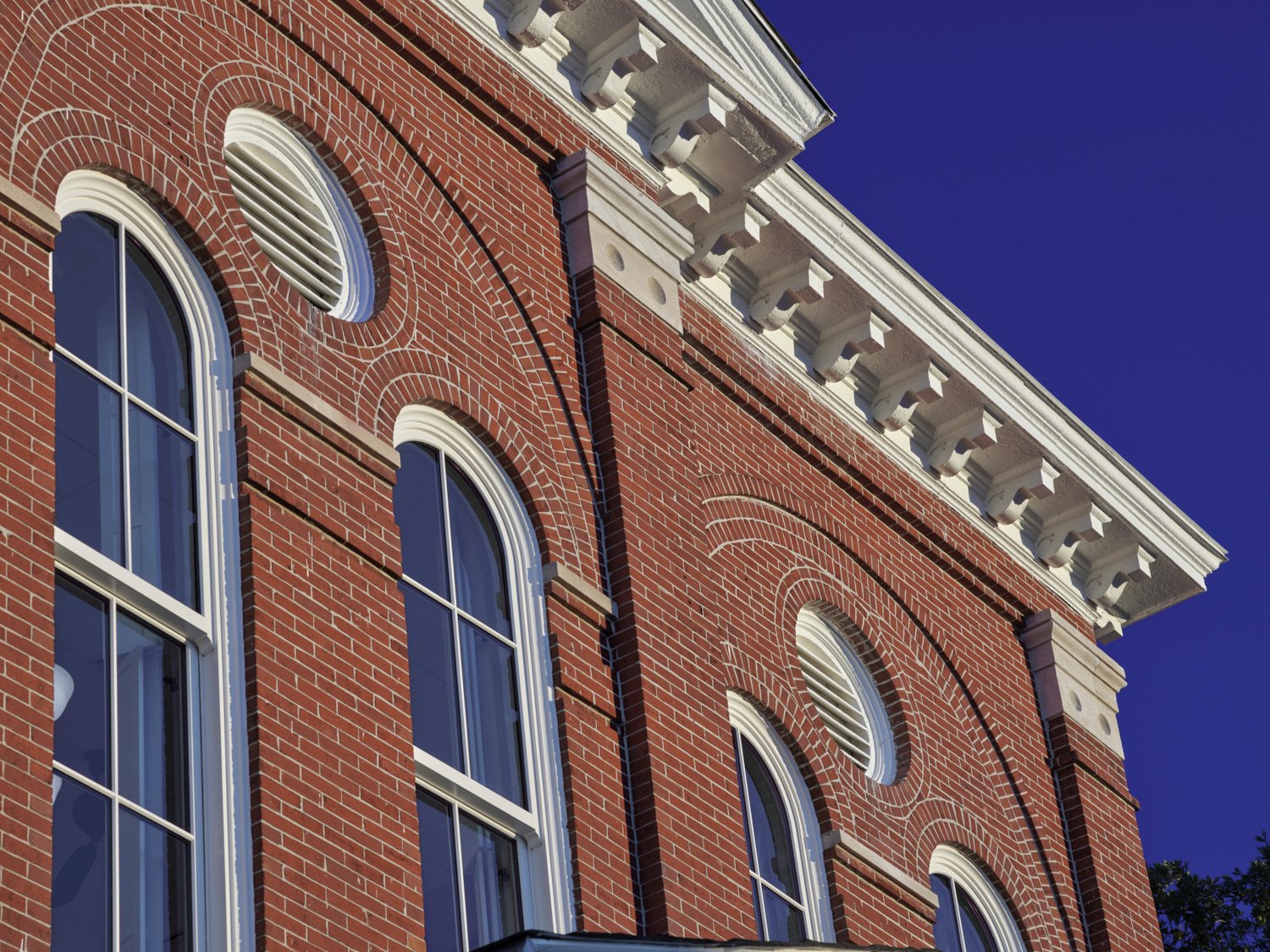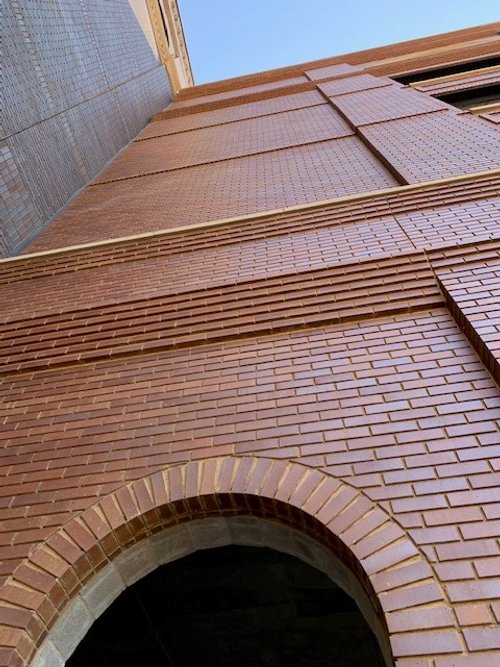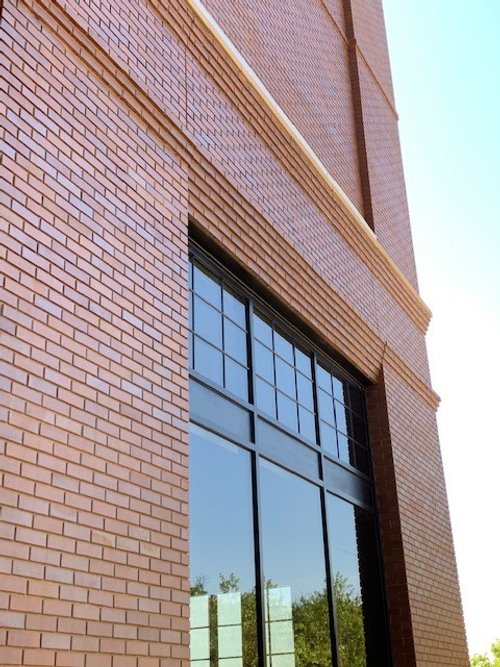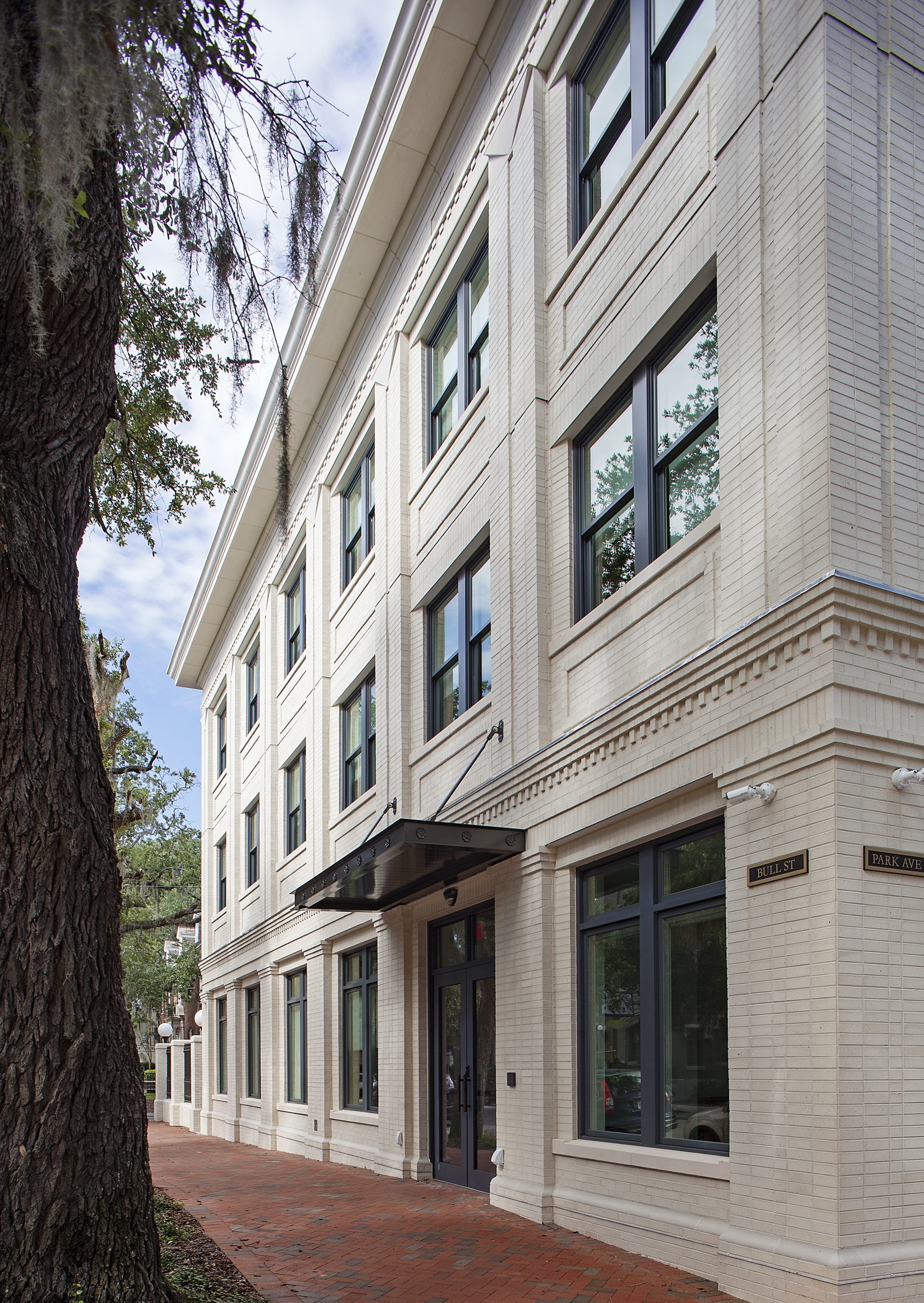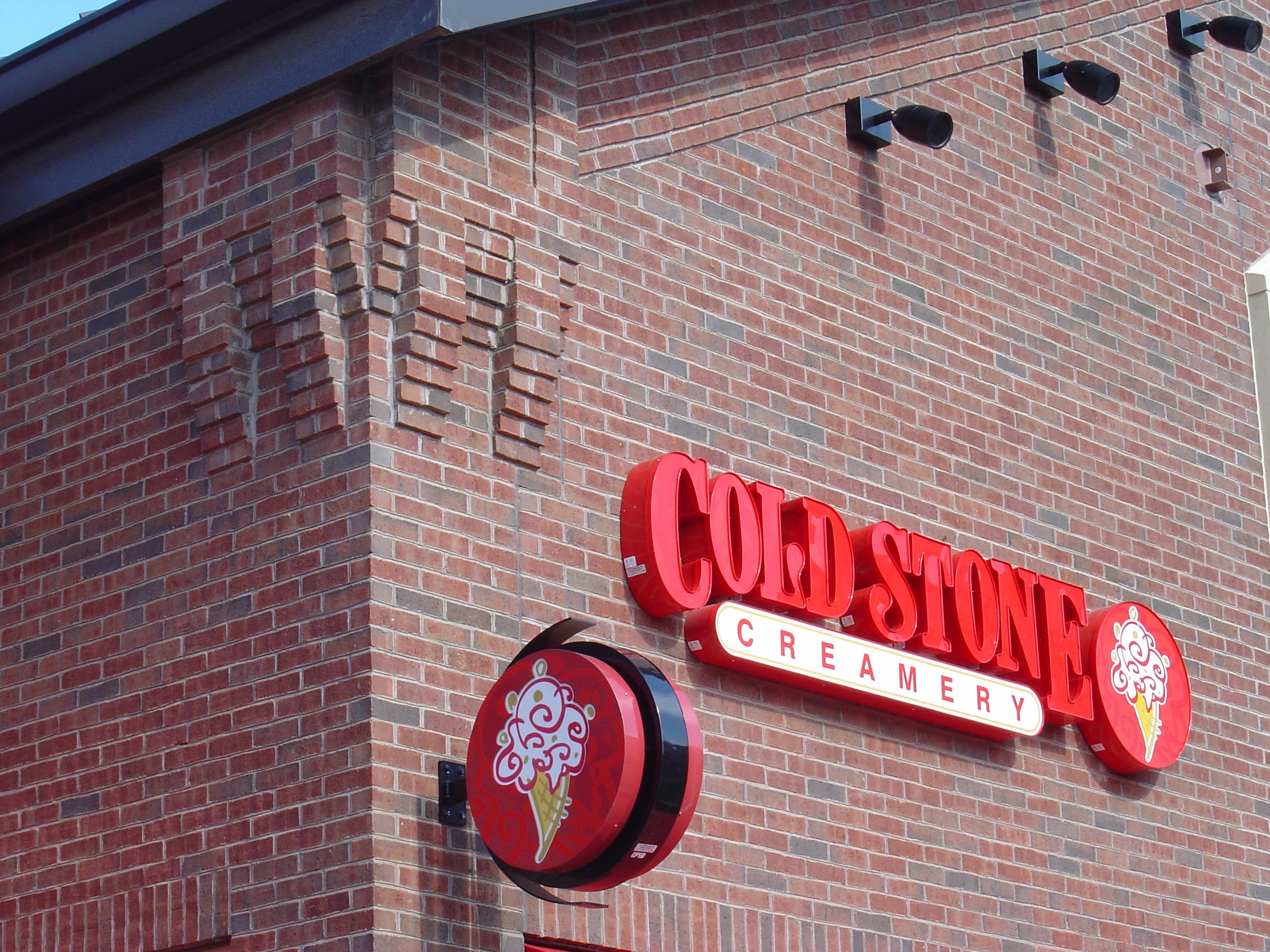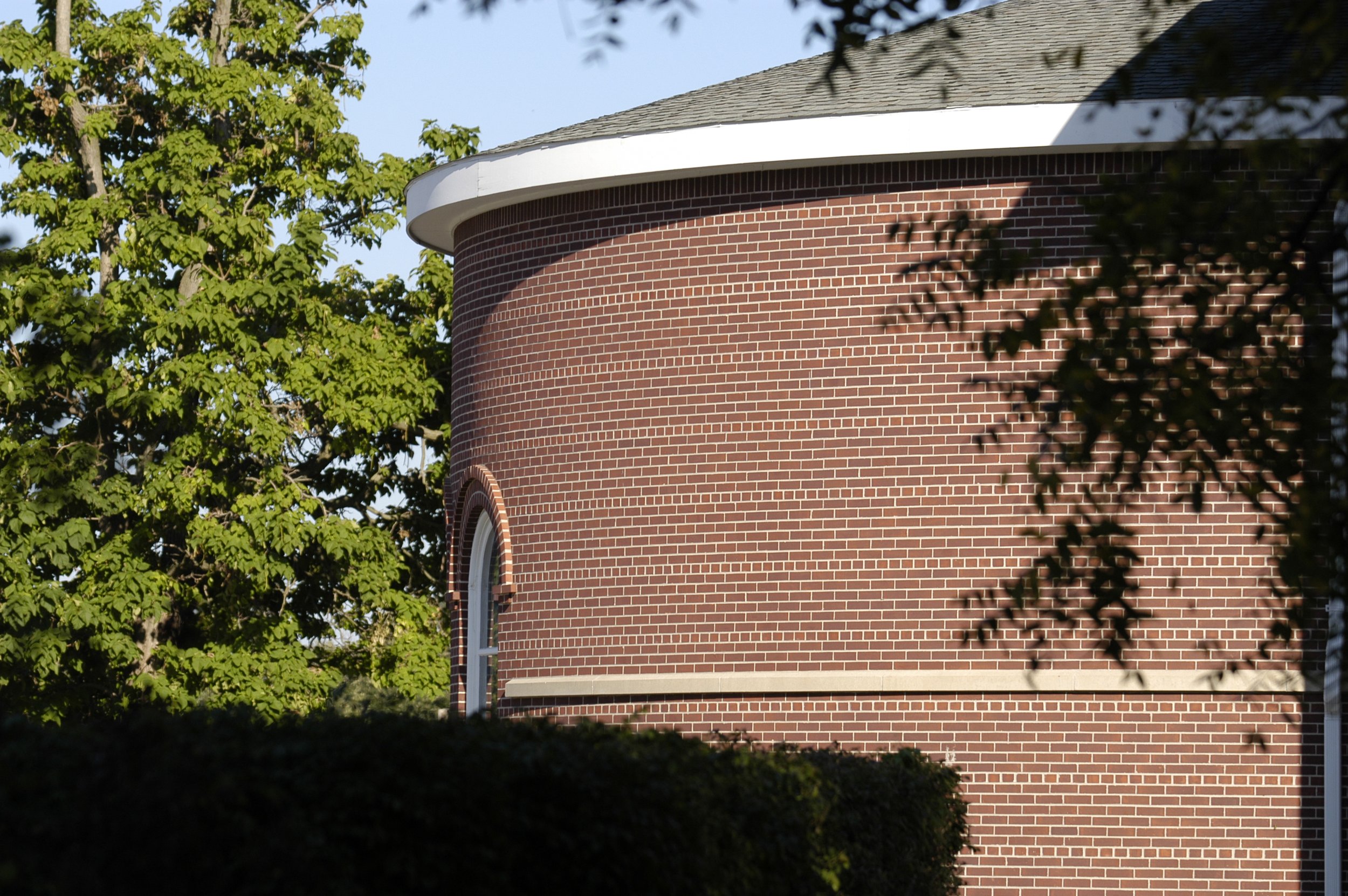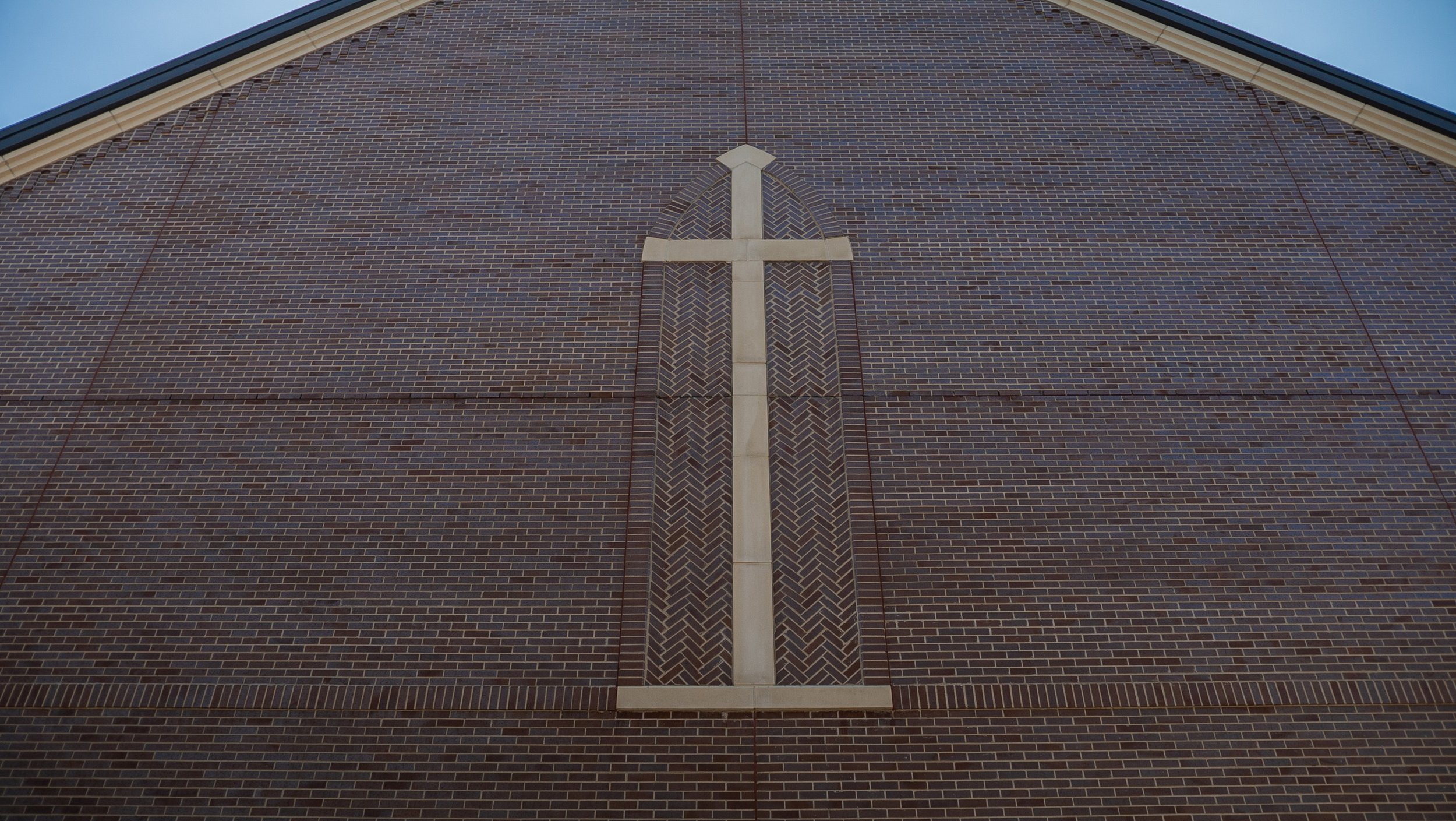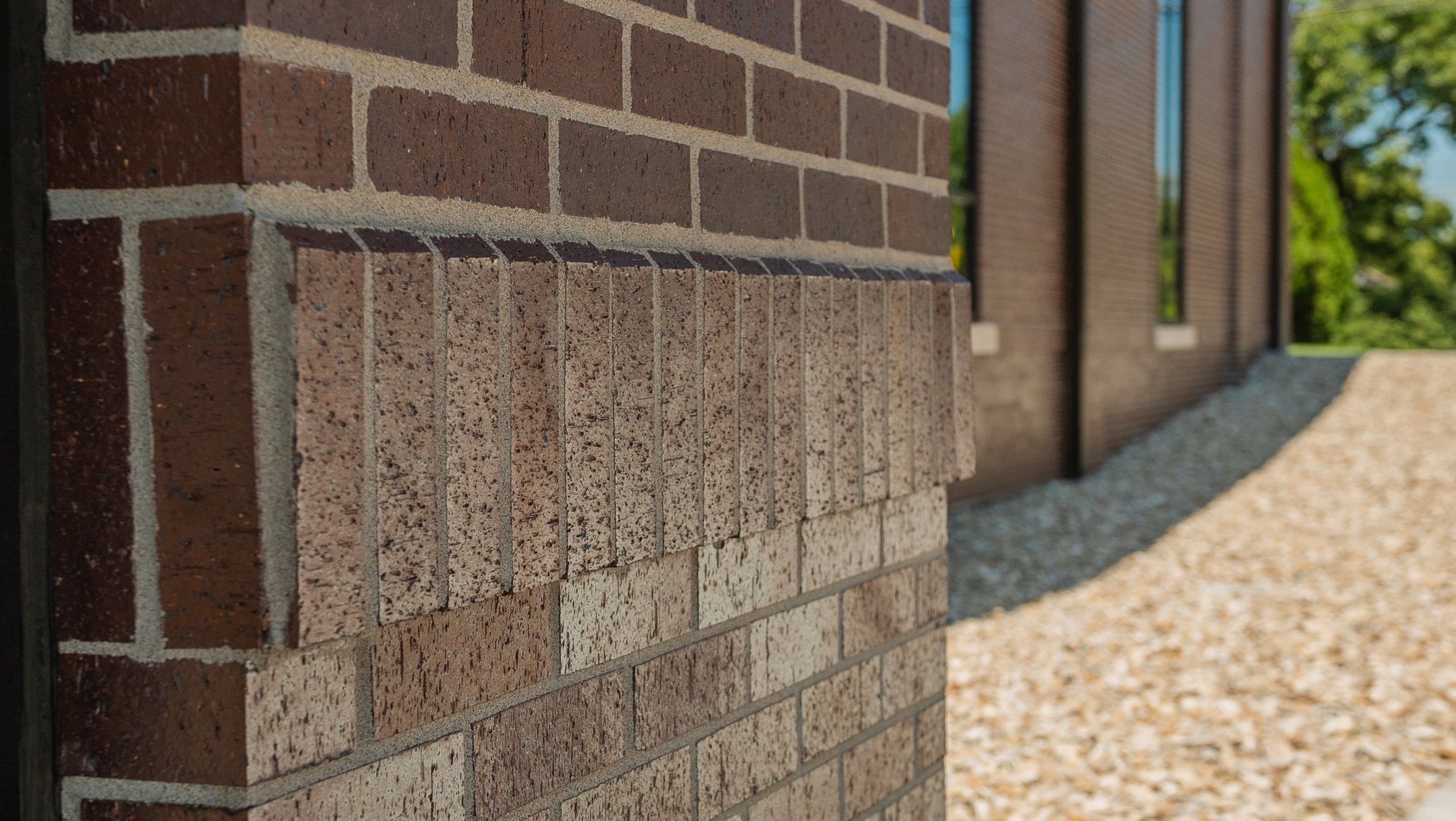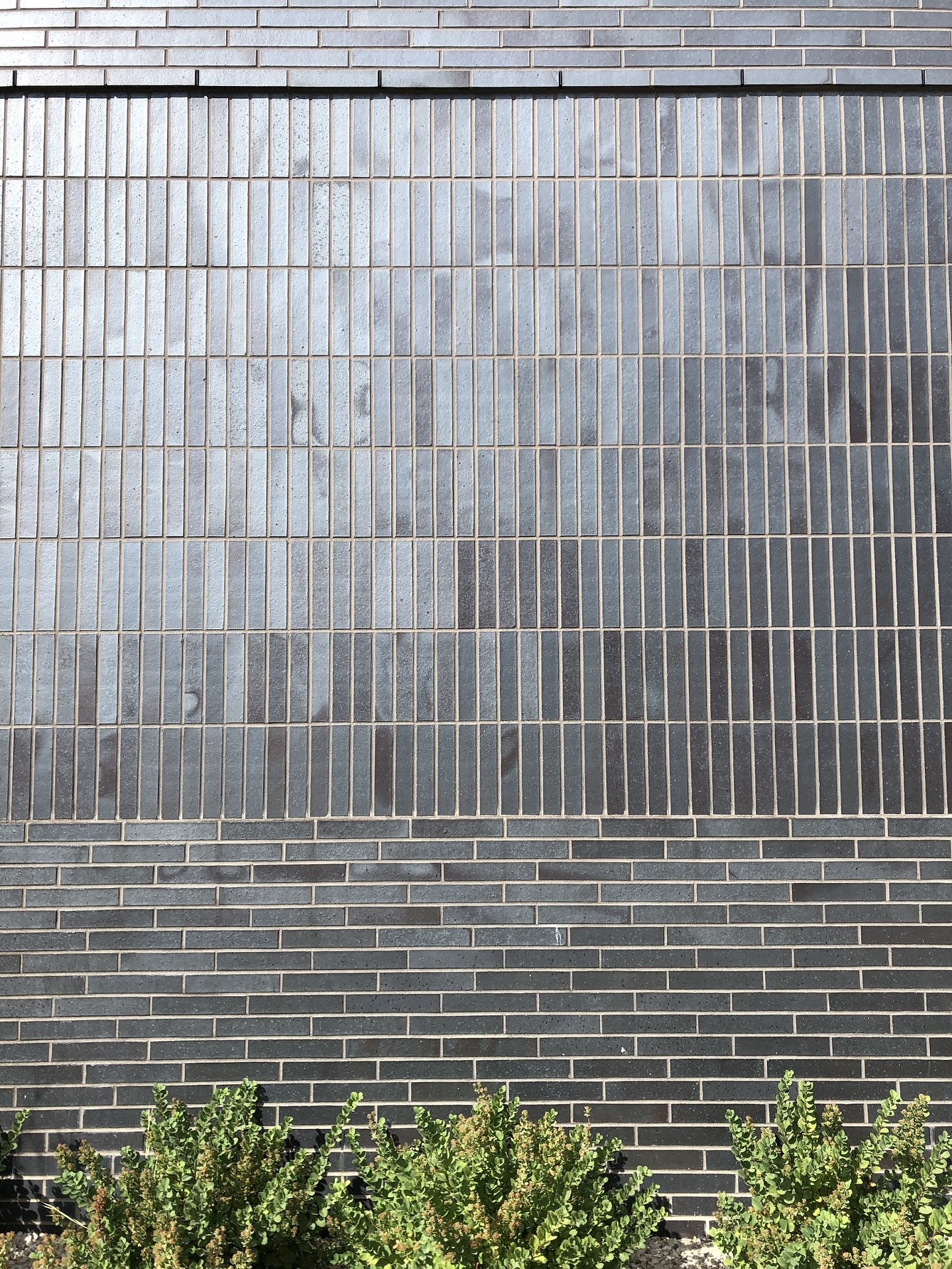3 top traditional brick details for your next design
/In our last post we talked about three design details in brick that are increasingly finding their way into structures with contemporary styles. While those details contribute to striking, innovative, modern designs, brick can always be counted on for familiar — but no less striking — traditional design details as well. Below are three well known brick masonry details that never fail to please.
Arches
There’s nothing more classic than the brick masonry arch. The arch is one of the all time architectural detailing greats. It’s not only beautiful to look at but also critical to the structural integrity of so many historic structures. That functionality hasn’t gone anywhere, either. Facade openings still need to support loads above them, and while that can be accomplished with steel lintels and other modern engineering tricks, arches are still hard to beat for beauty and functionality.
Corbeling
Corbeling is the stair-stepped arrangement of consecutive courses of brick projecting from the facade plane. It has the effect of gradually moving brick out and away from the main facade, often blending into a larger design detail above or below, such as a parapet, pilaster, or cornice. Corbels add depth and shadow to the facade, but care must be taken to maintain adequate bearing surface on each course. In other words, the outward transition must not be too abrupt, dangling too much mass out over the edge of the supporting brick course below.
Header and Soldier Courses
When most of us think of a brick wall, we envision brick units laid horizontally relative to their greatest dimension — “the long way," in other words. Brick units laid this way are called “stretchers” and a row of them is a called a “stretcher course.” Stretcher courses are pretty standard, but a facade full of stretchers can be broken up with an occasional header course or soldier course. Header courses simply turn the brick so the ends (headers) are exposed in the facade, while soldier courses turn the brick vertically. The effect is subtle, but broad expanses of brick often benefit from the inclusion of these simple details.
The Brick Industry Association (BIA) is ready to help builders and designers implement these sorts of details in their projects. As a starting point, check out the technical support available in BIA’s Technical Notes and Brick Briefs.


